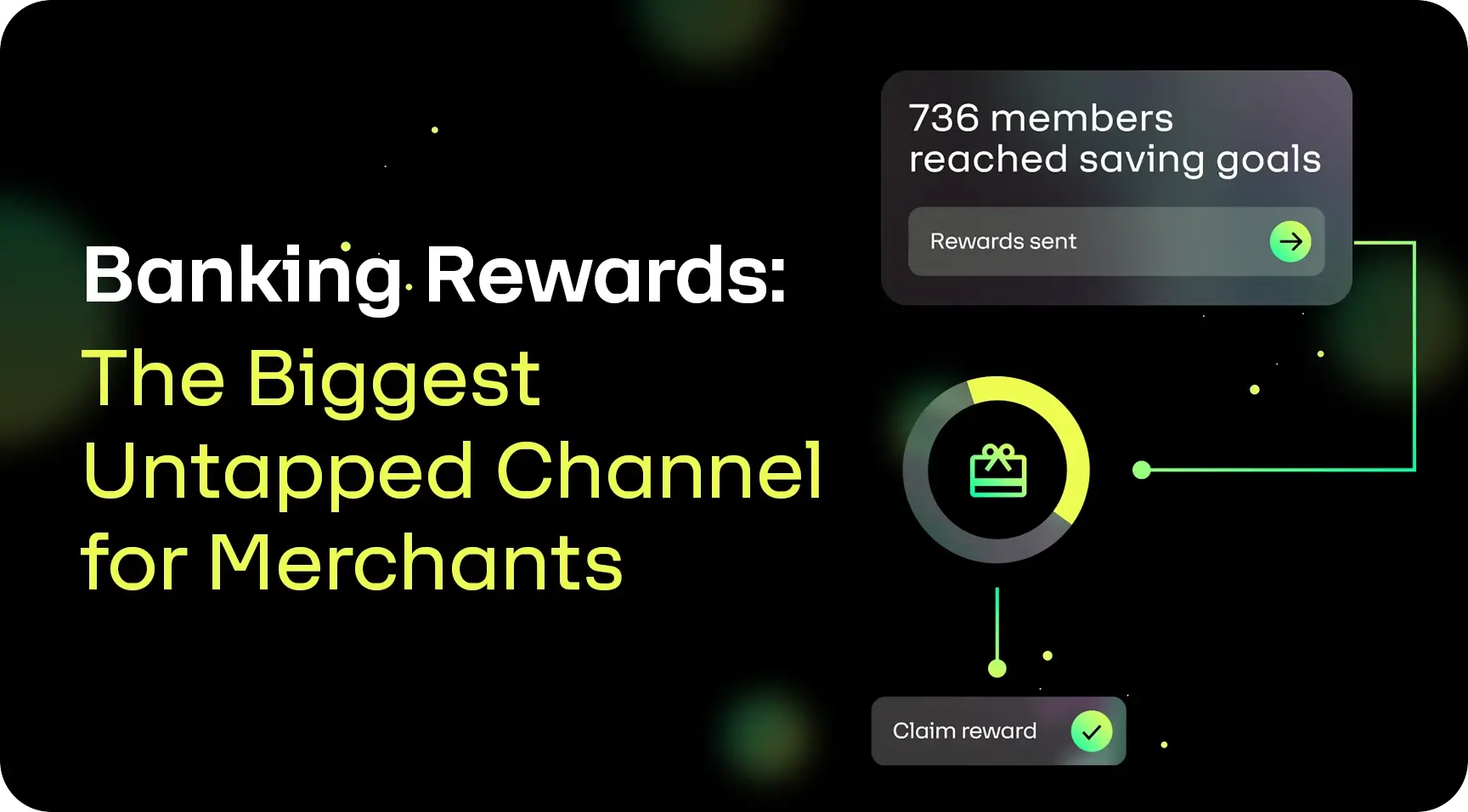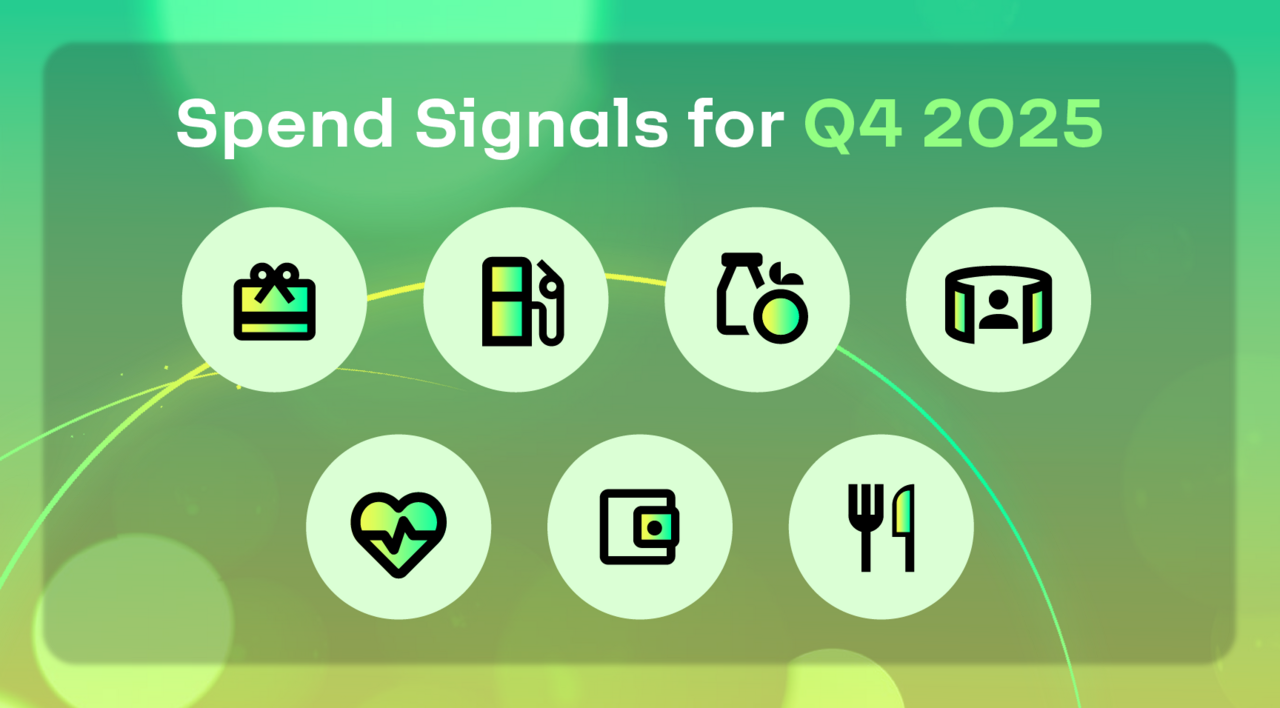The ability to adapt to new payout trends will separate leaders from laggards in 2025. Let’s explore five pivotal trends—instant payments, embedded payouts, recipient-led orchestration, revenue-driving payouts, and stablecoin adoption—that will transform financial transactions this year.
Trend 1: Instant payments will become the industry standard
In 2025, instant payments will transition from being a luxury to a business necessity. For organizations focused on B2C transactions, failing to meet expectations for instant disbursements risks losing customers and eroding the trust of your recipients. As consumers increasingly demand immediate access to their funds, companies across all sectors—such as gig platforms, insurance companies, or marketplaces—must align with this expectation.
Why it’s a trend:
In a world where information and services are at our fingertips, waiting days to access money or receive a check is simply unacceptable. Traditional payment methods like ACH transfers can take 2-3 days, which contrasts starkly with the rapid pace of modern life.
Experts project global real-time transactions to reach more than 575 billion by 2028, achieving a compound annual growth rate (CAGR) of 17%. By then, real-time payments will comprise over 27% of all electronic payments worldwide.
Businesses that have already adopted instant payment functionalities have gained a competitive edge, and this trend will only gain momentum. A Federal Reserve survey found that 71% of businesses said instant payments can benefit business-to-person use cases. The same survey also found that many companies believe instant payments will be helpful for digital wallet funding/defunding (50%) and earned wage access (25%).
How businesses can prepare:
To stay ahead, companies should leverage multi-rail payment systems—like integrated platforms that utilize various payment channels such as instant bank transfers, e-wallets, and prepaid cards. This approach offers several advantages:
- Enhanced transaction efficiency: By leveraging the strengths of different payment rails, businesses can tailor their payment strategies to align with specific transaction requirements, optimizing speed, cost, and security.
- Increased resilience: Utilizing multiple payment rails ensures that transactions can proceed seamlessly, even if one channel faces disruptions, enhancing operational reliability.
- Improved customer satisfaction: Offering various payment options caters to diverse customer preferences, leading to a more positive payment experience and fostering customer loyalty.
Trend #2: Embedded payouts are no longer optional
In 2025, embedding payout functionalities directly within platforms will be essential. This approach reduces friction and maximizes engagement by enabling users to cash out without leaving their current app or interface. Platforms that fail to offer embedded payouts risk disrupting the user experience and losing engagement, which could lead to reduced retention and revenue.
Why it’s a trend:
Embedded payments have already revolutionized e-commerce and many vertical software markets by making checkout and payment acceptance processes seamless. Now, this principle is moving into payouts, with the embedded payments market, which includes payouts, projected to grow at a compound annual growth rate (CAGR) of 30.3% from 2025 to 2034. Businesses integrating payout functionalities align with consumer expectations for seamless financial interactions as more companies embed financial services into their platforms to enhance user experience and create new revenue streams.
For example, a fitness app that reimburses users for completing healthy activities directly within the app keeps users engaged, improves retention, and fosters loyalty. As digital platforms become more integral to daily life, providing these embedded services is no longer an option but a necessity to stay competitive.
How businesses can prepare:
To maintain a competitive edge, businesses should integrate robust payout capabilities directly into their platforms. This integration streamlines payment processes, enhancing recipient satisfaction and retention. Research shows that 88% of businesses report improved customer retention after adopting embedded payments, highlighting these capabilities' critical role in building loyalty.
In addition to improving user experiences, embedded payout systems open new revenue streams. Companies can monetize payout processes by offering premium withdrawal options or other tailored solutions. This strategy aligns with broader industry trends as embedded payment services and APIs continue to evolve as a cornerstone of digital business strategies, unlocking monetization opportunities with relatively low effort.
Trend #3: Payout orchestration will shift to the recipient
The power dynamic of payouts is shifting. Recipients, not the sender, will dictate how and when they want to receive their funds. Consumers cite payment convenience as the most critical factor (84%) when choosing their payment method during checkout. Why would convenience and choices not drive their payout options, too? This fundamental shift from sender to recipient empowers recipients while enabling businesses to cater to diverse preferences, fostering satisfaction and loyalty.
Why it’s a trend:
Consumers today expect flexibility in how they interact with financial systems, and this expectation extends to payouts. Studies show that providing multiple payment options improves the customer experience, leading to greater satisfaction and long-term loyalty. Depending on their region, offering choices such as PayPal, gift cards, or localized currency deposits allows recipients to select what works best for them.
Without these options, businesses risk alienating users who value personalization and convenience. By accommodating diverse payment methods, companies can better serve their customers, improve retention rates, and build stronger brand loyalty. Research also highlights that businesses offering flexible payment options see an increase in engagement and sales, further validating the need for this approach.
How businesses can prepare:
Implementing a multi-rail payout system empowers recipients to choose their preferred payment methods, significantly enhancing user experience and fostering loyalty. This flexibility is crucial in today's digital economy, where consumers expect seamless and efficient transaction options.
- Enhanced customer experience: Offering multiple payment options improves the overall customer experience, increasing satisfaction and loyalty.
- Increased adoption of digital payments: The global shift towards contactless payments is evident in the growing popularity of digital wallets like Apple Pay and Google Pay, driven by convenience and speed.
- Competitive advantage: Businesses that provide real-time payouts gain a competitive edge in attracting and retaining talent, particularly in the gig and freelance economies.
Trend #4: Payouts will transition from cost centers to revenue drivers
Traditionally viewed as operational expenses by finance teams, payouts are evolving into strategic revenue-generating opportunities. By integrating strategies such as prepaid stored-value programs and charging for premium instant direct-to-bank account options, businesses can transform payouts into tools that drive engagement and profitability.
Why it’s a trend
Historically, B2C payouts were managed as back-office processes without direct value addition. However, as consumer expectations evolve, businesses recognize the potential to monetize these transactions. For instance, platforms that offer instant cash-out to bank accounts for a nominal fee create new revenue streams while enhancing user satisfaction. A study by Stripe found that 90% of gig workers would use instant payouts if their platform offered it, indicating a strong demand for such features.
By offering instant payouts, businesses can improve cash flow management, enhance user experience, and gain a competitive advantage in the market. Incorporating instant cash-out features meets user demand for immediacy and provides platforms with a viable revenue model through transaction fees.
How businesses can prepare:
By implementing strategies that both monetize payout processes and enhance user engagement, companies can transform what was once a routine expense into a source of competitive advantage. Two key approaches include introducing premium payout services and leveraging payouts as tools for customer loyalty.
- Monetize payout options: Introduce premium services, such as instant withdrawals, with nominal fees. This approach meets the demand for immediacy and contributes to revenue. For example, Spotify deducts a cash-out fee of $0.30 for each payout via Spotify Payouts, illustrating how small fees can be implemented.
- Use payouts as engagement tools: Leverage cashback offers or referral bonuses to enhance loyalty and encourage repeat business. Cashback incentives have been shown to increase incentivizing customers to make purchases, leading to a boost in revenue.
Trend #5: Stablecoins will move beyond early adopters
Stablecoins are transitioning from niche crypto assets to mainstream financial tools. In 2025, they are expected to gain wider acceptance as practical alternatives to traditional and cryptocurrency payments. Industry forecasts suggest that stablecoin payments could surpass $8 trillion in annual volume by 2025, solidifying their role as a core component of global payment systems.
Why it’s a trend
Stablecoins offer reduced volatility compared to other cryptocurrencies while providing the benefits of blockchain technology, such as 24/7 accessibility and lower transaction fees. This capability makes them particularly advantageous for cross-border transactions. Traditional international payments via SWIFT can take 2-3 business days, whereas stablecoin transactions settle in approximately 2-3 minutes, enhancing working capital efficiency and reducing counterparty risk.
Additionally, stablecoins can significantly lower transaction costs. Traditional cross-border payments often incur multiple fees, including bank processing fees (0.25-1%), FX conversion charges (1-2%), and correspondent bank fees ($25-50 per transaction). In contrast, stablecoin transfers typically cost 0.1% or less of the transaction value, regardless of the amount or destination.
How businesses can prepare:
To harness the potential of stablecoins as they transition into mainstream financial tools, businesses need to adopt proactive strategies that ensure seamless integration and effective implementation.
- Partner with payment providers: Collaborate with established payment providers that support stablecoin transactions to integrate these digital assets into your existing payment infrastructure. By doing so, businesses can offer their customers more payment options, improving flexibility and satisfaction. Choose providers with a proven track record in stablecoin management and robust security protocols to mitigate risks such as fraud or compliance issues.
- Pilot stablecoin programs: Before committing to a full-scale rollout, test stablecoin use cases to determine their feasibility and potential benefits. For example, pilot programs can explore faster settlement times for cross-border transactions or assess cost savings by avoiding traditional banking fees. Use these pilots to gather data on customer adoption rates, user satisfaction, and operational efficiencies.

.png)

